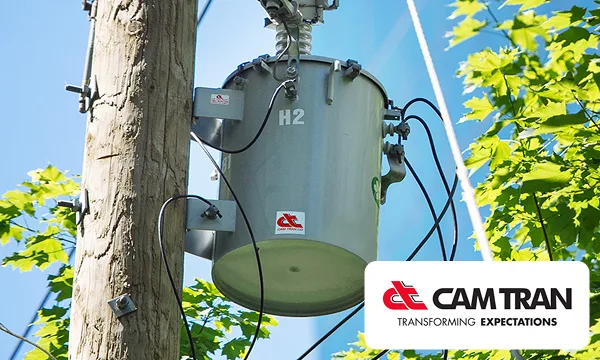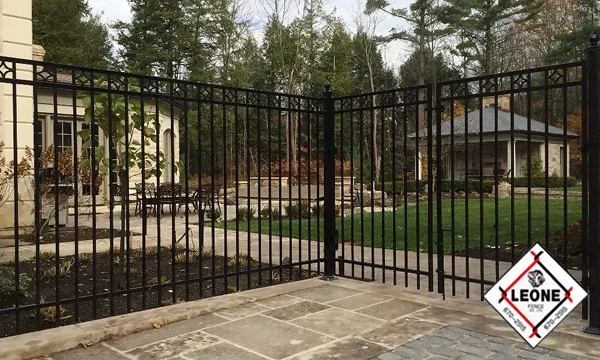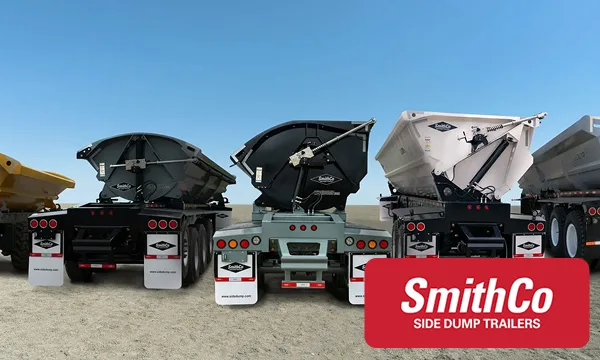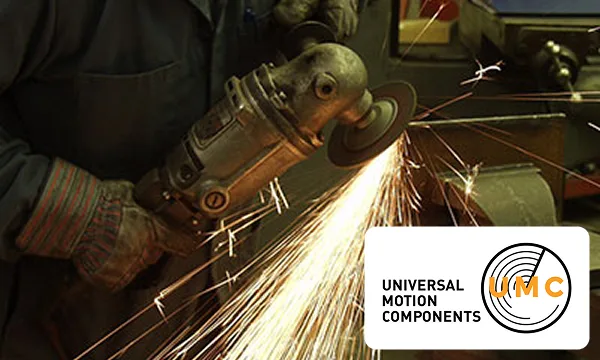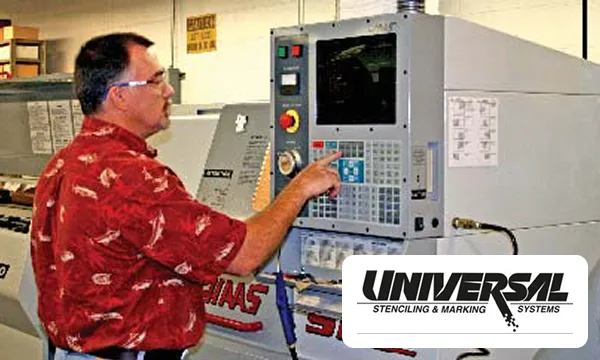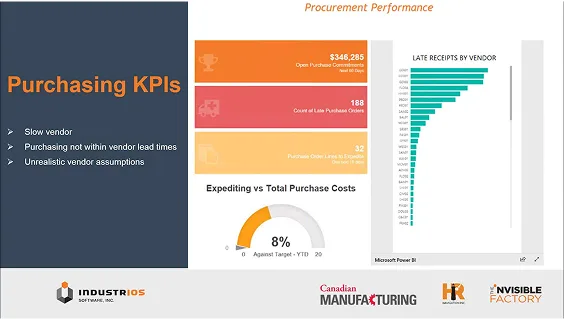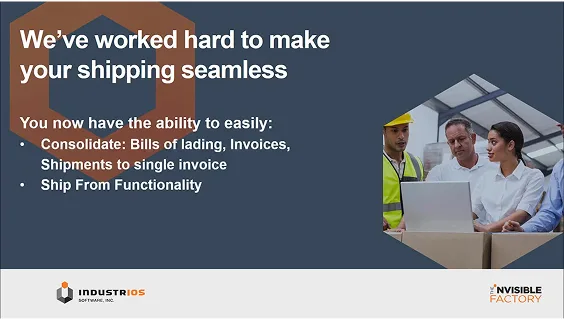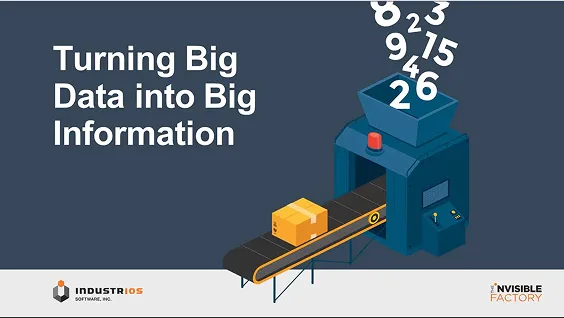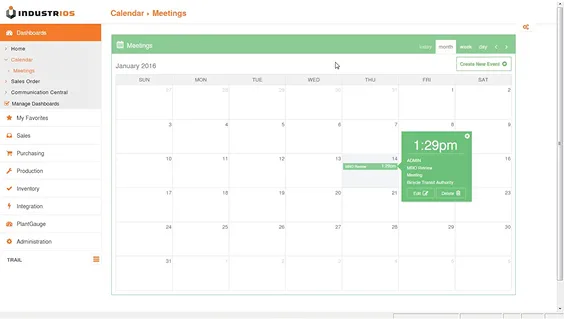Engineer to Order ERP: Managing Complex Project Manufacturing in Industrial Equipment
Engineer to order ERP is a game-changer for manufacturers tackling complex, custom-built industrial equipment. Unlike mass production, ETO (Engineer to Order) workflows require fresh engineering and design for almost every project, with precise customer input driving every step. For manufacturers who thrive on delivering truly unique products, ERP systems built for ETO operations become an essential foundation for success.

Engineer to Order Manufacturing: What Makes It Different?
In engineer to order, each order starts as a detailed customer conversation, requirements, specifications, and feasibility studies, not a standard product off the shelf. The process involves custom design, engineering, procurement for non-standard parts, and careful planning for assembly, validation, and delivery. Industrial equipment manufacturers often manage products that require cross-disciplinary engineering (mechanical, electrical, software, mechatronics) and must coordinate teams across design, procurement, manufacturing, and quality.
“Engineer to order isn’t just about building something new. It’s about aligning technical expertise and project management with each customer’s goals, every single time.” — Edward Szukalo, General Manager, INDUSTRIOS Software, Inc.
Why Engineer to Order ERP Is Essential
Manufacturing industrial equipment in an ETO environment means navigating dozens of risks: design changes, long lead times, custom parts, shifting scope, and frequent customer updates. Standard ERP isn’t enough—the right engineer to order ERP manages iterative design, integrates with CAD platforms, and tracks every BOM (bill of material) revision and workflow step as the project evolves. With a central ERP, manufacturers get:
- Real-time project and cost tracking: Every design revision, procurement order, labor hour, and change order feeds into financial management, ensuring profitability and controlling costs.
- Integrated engineering and change management: ERP connects design tools (like SOLIDWORKS, Autodesk, Siemens) with procurement and production. This means BOMs update in sync with design changes.
- Dynamic scheduling and resource planning: Project timelines shift often in ETO. ERP systems provide transparent scheduling for engineering, procurement, and manufacturing steps so teams aren’t working in the dark.
- Document and compliance control: ETO projects generate extensive technical documentation. ERP tracks specs, revisions, test results, and regulatory compliance data, centralizing everything for easy access.
Best Practices for Project Manufacturing with Engineer to Order ERP
- Collaborative Quoting and Estimation
- Instead of guessing based on past projects, ERP-driven quoting uses integrated engineering, procurement, and historical data to produce realistic costs and lead times, for truly custom builds.
- Instead of guessing based on past projects, ERP-driven quoting uses integrated engineering, procurement, and historical data to produce realistic costs and lead times, for truly custom builds.
- Multi-Level BOM and Revision Tracking
- Each project may require unique components and materials. ERP systems allow dynamic BOM creation and revision control, ensuring procurement and manufacturing know exactly what to buy and build, even as designs change.
- Each project may require unique components and materials. ERP systems allow dynamic BOM creation and revision control, ensuring procurement and manufacturing know exactly what to buy and build, even as designs change.
- Integrated Procurement and Vendor Management
- Purchasing specialized parts can’t rely on old templates. Engineer to order ERP automates requisitions, tracks vendor performance, and monitors deliveries aligned with project milestones.
- Purchasing specialized parts can’t rely on old templates. Engineer to order ERP automates requisitions, tracks vendor performance, and monitors deliveries aligned with project milestones.
- Project-Based Production Planning
- ERP systems help map each step, schedule resources, and update capacity planning as engineering changes occur. When a change arises, the ERP instantly updates related procurement and production tasks.
- ERP systems help map each step, schedule resources, and update capacity planning as engineering changes occur. When a change arises, the ERP instantly updates related procurement and production tasks.
- End-to-End Cost and Progress Tracking
- For every department—engineering, purchasing, production, and finance—ERP centralizes time logs, materials consumption, and project milestones. This ensures everyone knows project status, costs, and upcoming risks.
- For every department—engineering, purchasing, production, and finance—ERP centralizes time logs, materials consumption, and project milestones. This ensures everyone knows project status, costs, and upcoming risks.
- Quality Management and Validation
- Industrial equipment projects require strict quality checks. ERP systems connect test plans, validation results, and compliance checks to each project file, maintaining traceability and improving accountability.
- Industrial equipment projects require strict quality checks. ERP systems connect test plans, validation results, and compliance checks to each project file, maintaining traceability and improving accountability.
Industrial Equipment Case Examples
Manufacturers using engineer to order ERP report major improvements:
- Project visibility: Teams collaborate in real time using single-source data, reducing surprises and miscommunications.
- Reduced lead time: Automated workflows and design integration speed up engineering, purchasing, and production.
- Cost control: Immediate insight into cost overruns and bottlenecks allows for quick corrective actions before they escalate.
- Customer satisfaction: Clear updates on project progress—backed by system data—improve customer confidence and transparency.
Key Features to Look For in Engineer to Order ERP
- CAD, PLM, and document management integrations
- Multi-level BOM and revision tracking
- Project-based scheduling and capacity planning
- Automated procurement linked to changing engineering specs
- Cost and milestone management
- Audit trail for quality and compliance
“ETO manufacturers need ERP that can pivot and adapt as projects evolve—systems that connect engineering, purchasing, and production every step of the way.” — Edward Szukalo
Final Thoughts: Engineer to Order ERP Drives Project Success
For industrial equipment manufacturers, engineering to order ERP is a strategic requirement. The process complexity and need for real-time, collaborative data sharing make modern ERP systems essential for managing risk, delivering on customer promise, and improving profit margins. Manufacturers who invest in dedicated ETO ERP get reliable control, better project outcomes, and a scalable foundation for future innovation.
Ready to see how INDUSTRIOS ERP supports engineer to order project manufacturing?
Request a Demo to explore ETO-specific features and real project workflows.



